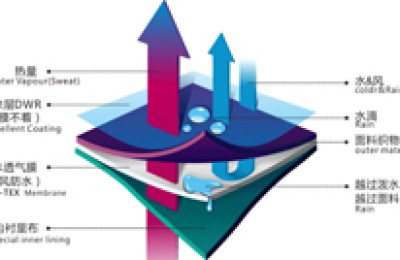According to the USDA U.S. Cotton Export Weekly Report, in the week of July 21-27, 2023, the contracted volume of U.S. upland cotton exports in 2022/23 was -2,247 tons, a 47% decrease from the previous week, and significantly lower than the average level of the previous four weeks; among which China Major U.S. cotton contract signers such as China, Pakistan, and Turkey have canceled the 2022/23 U.S. cotton contracts. Industry analysis shows that U.S. cotton in 2022/23 has been significantly oversold, resulting in a decline in the matching of its domestic remaining cotton resources with the needs of other companies (as of July 27, 2023, the United States has accumulated net contracted exports of 3.240 million tons of cotton in 2022/23, reaching 115.34% of the annual expected export volume), the main ICE cotton futures contract continued to oscillate and rise that week (the December contract successively exceeded 85 cents/pound and 88 cents/pound), and the focus of import companies has completely shifted to the 2023/24 year. New cotton, Australian cotton, and Brazilian cotton in 2022/23; in addition, Chinese buyers are confident in the rotation of reserve cotton that will start at the end of July, and take the initiative to reduce inquiries/sign contracts for US cotton. Therefore, it is expected that the US cotton contract volume in 2022/23 and 2023/24 will show a large decline, but the decline is too large.
Although the volume of U.S. cotton contracts dropped sharply at the end of July, several international cotton merchants and import companies judged that after a short period of dips, adjustments, and wait-and-see, Chinese companies may sign contracts and import U.S. cotton in the second half of the year, which may rebound. On the one hand, the additional 750,000 tons of cotton import quotas subject to new tariffs in 2023 are expected to be issued to cotton textile companies before mid-September. Taking into account that the sliding quasi-tariff is valid until the end of December 2023, and the current sliding quasi-tariff price of foreign cotton and mainland stock Xinjiang cotton exceeds 1,000 yuan/ton, therefore, from September to December, textile companies have a high demand for port bonded, spot and ship cargo. The contracted import of cotton (shipping period from July to October) is expected to accelerate significantly; on the other hand, although the proportion of drought areas in the United States has increased again recently, the probability of the situation continuing to deteriorate may increase. Due to negative impacts such as Fitch’s downgrade of the U.S. credit rating and a sharp plunge in U.S. cotton contracted exports, ICE’s main contract once again fell below 85 cents/pound (the intraday low of 83.81 cents/pound on August 4), including China, Vietnam, Buyers from Pakistan and other countries are once again “taking action”. In addition, the RMB exchange rate has recently entered two-way fluctuations against the US dollar, which is conducive to cotton-using companies to choose opportunities to enter the market to buy low-end raw materials and avoid the risk of sharp rises and plummets.
</p








